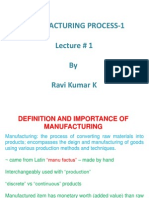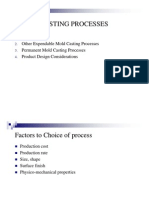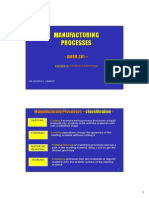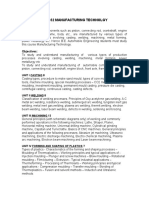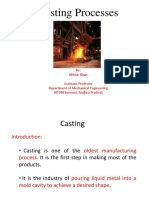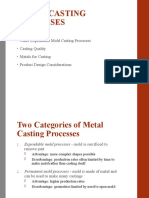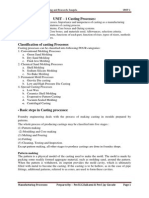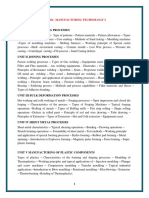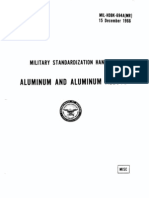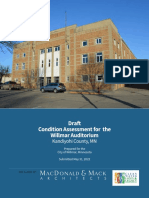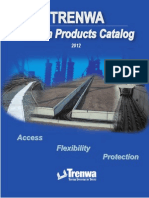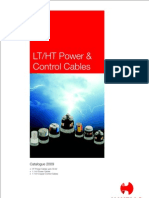0% found this document useful (0 votes)
147 views6 pagesIndustrial Shaping Processes Guide
The document discusses various shaping processes including solidification processes, particulate processing, and deformation processes. It describes in detail solidification processes like casting, glassworking, and molding. It provides examples of different types of casting like sand casting, die casting, shell mold casting, and investment casting. It also summarizes the advantages and disadvantages of each type of casting. Finally, it briefly discusses particulate processing which involves pressing powder metals or ceramics and sintering them.
Uploaded by
Roberto L. Casas Jr.Copyright
© © All Rights Reserved
We take content rights seriously. If you suspect this is your content, claim it here.
Available Formats
Download as DOCX, PDF, TXT or read online on Scribd
0% found this document useful (0 votes)
147 views6 pagesIndustrial Shaping Processes Guide
The document discusses various shaping processes including solidification processes, particulate processing, and deformation processes. It describes in detail solidification processes like casting, glassworking, and molding. It provides examples of different types of casting like sand casting, die casting, shell mold casting, and investment casting. It also summarizes the advantages and disadvantages of each type of casting. Finally, it briefly discusses particulate processing which involves pressing powder metals or ceramics and sintering them.
Uploaded by
Roberto L. Casas Jr.Copyright
© © All Rights Reserved
We take content rights seriously. If you suspect this is your content, claim it here.
Available Formats
Download as DOCX, PDF, TXT or read online on Scribd
/ 6


